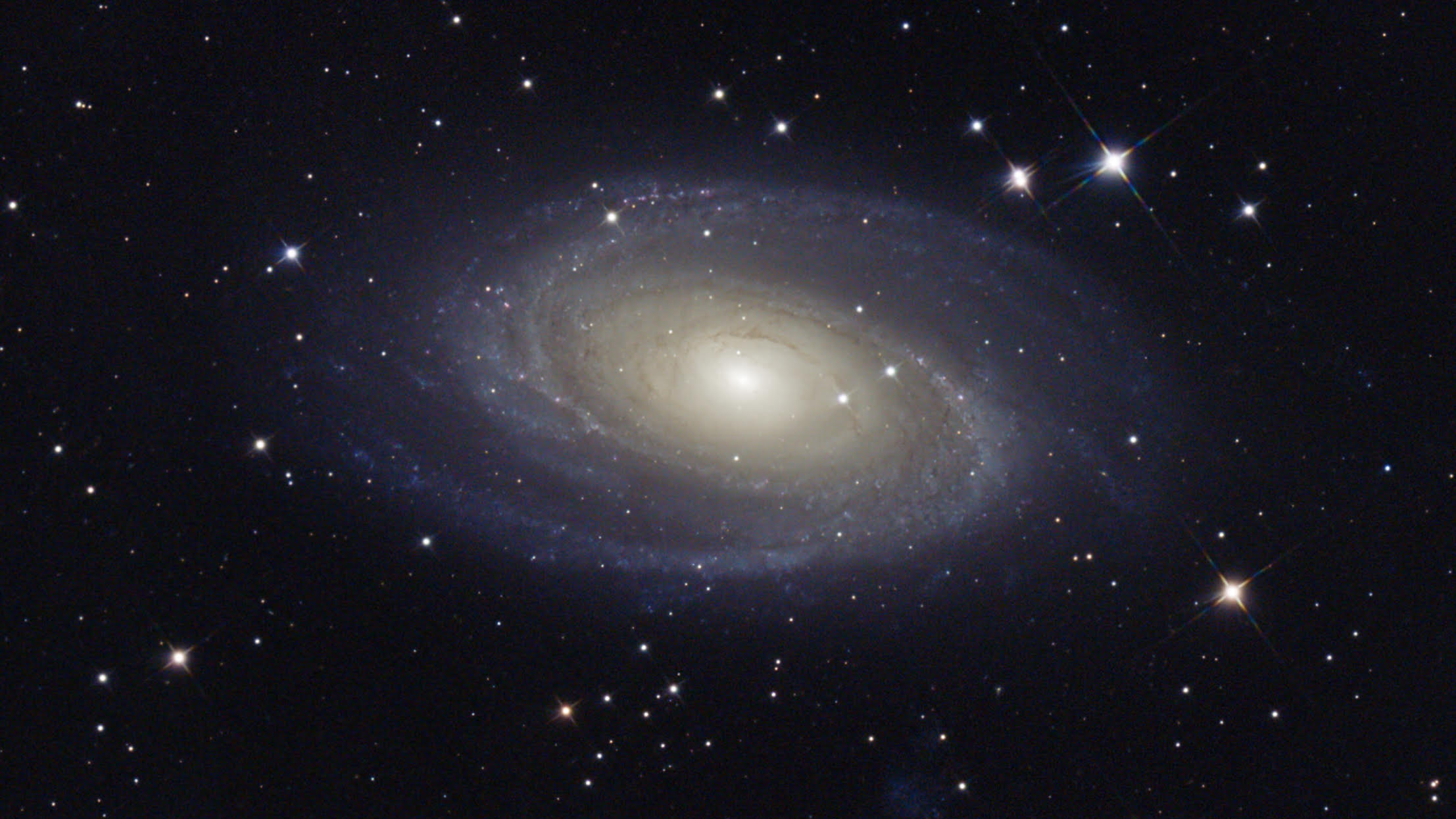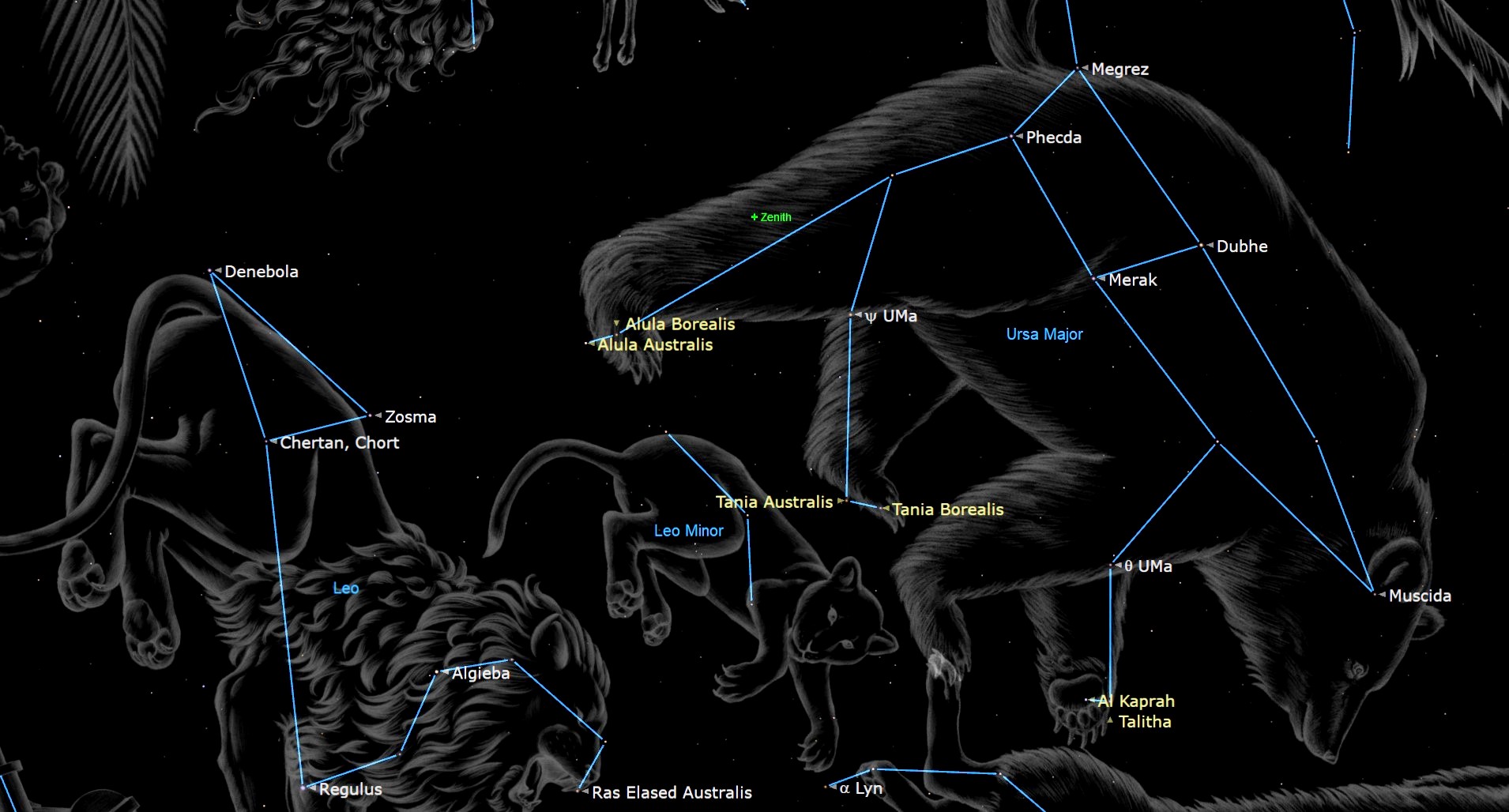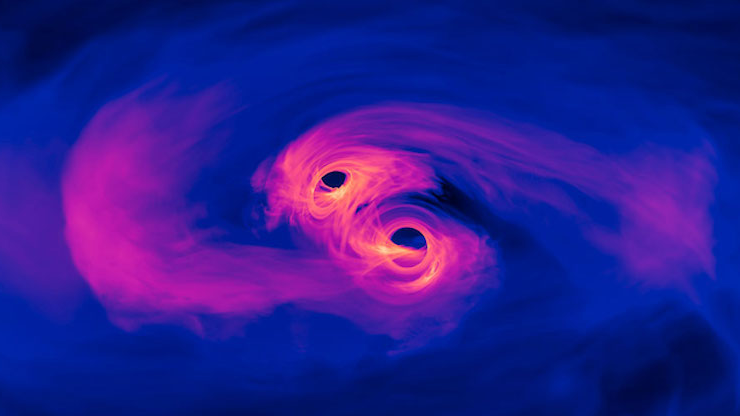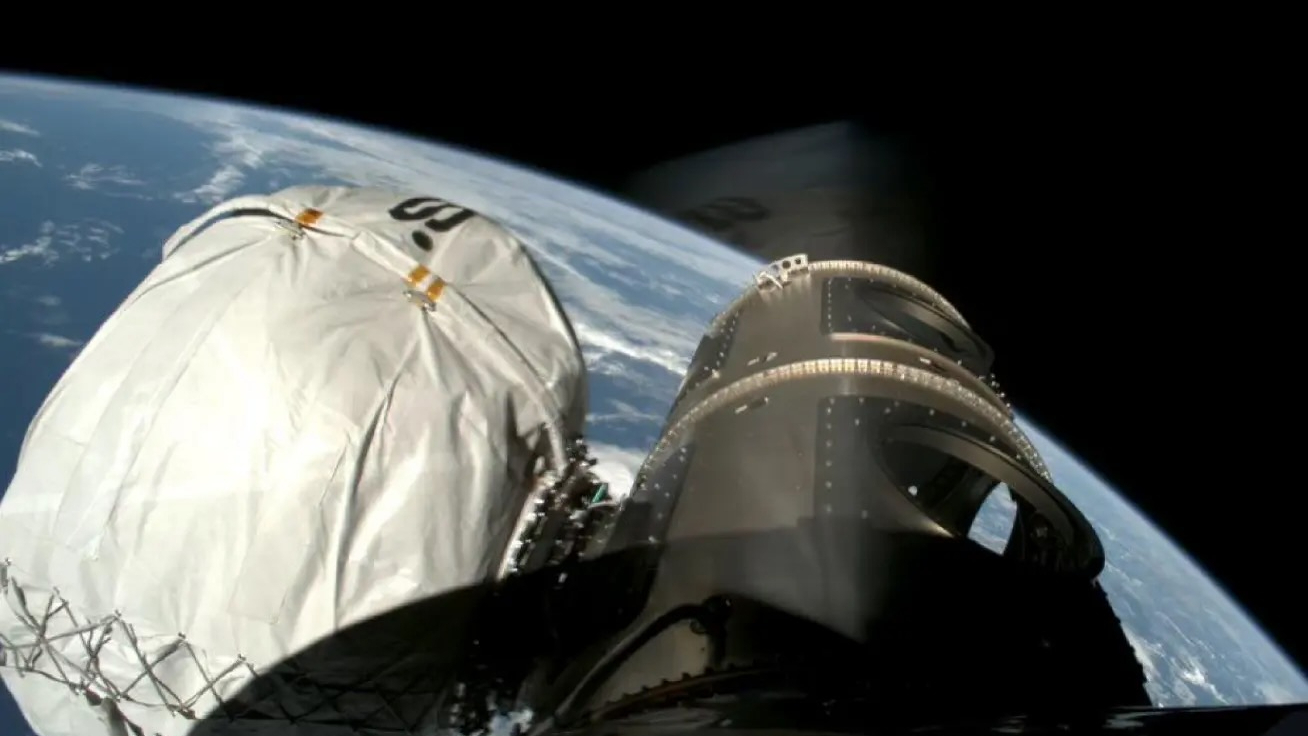'Warp-Speed' Planets Flung Out of Galaxy on Wild Ride

Planets in tight orbits around stars that get ejected from our galaxy may actually themselves be tossed out of the Milky Way at blisteringly fast speeds of up to 30 million miles per hour, or a fraction of the speed of light, a new study finds.
"These warp-speed planets would be some of the fastest objects in the galaxy, aside from photons and particles like cosmic rays," said Avi Loeb, an astrophysicist at the Harvard-Smithsonian Center for Astrophysics in Cambridge, Mass. "In terms of large, solid objects, they would be the fastest. It would take them 10 seconds or so to cross the diameter of the Earth."
In 2005, astronomers found evidence of a runaway star that was flying out of the Milky Way galaxy at a speed of 1.5 million mph (2.4 million kph). This hypervelocity star was part of a double-star system that wandered too close to the supermassive black hole at the center of the galaxy.
The strong gravitational pull at the galactic center ripped the stars apart, sending one hurtling through space at high speeds, while capturing the other to stay in orbit around the massive black hole.
In the seven years since, 16 of these hypervelocity stars have been found, and Loeb and his colleagues began to wonder whether planets could also be sent tearing through space at such extreme velocities.
Cosmic pinball
The researchers created simulations that examined what would happen if each star had at least one planet orbiting nearby. They found that up to 10 percent of planets tightly orbiting one of the stars could stay bound as the star is flung outward. The other star that is captured by the black hole could also have its planet ripped away from it, and this planet would then be pitched into interstellar space at intensely fast speeds as well.
Get the Space.com Newsletter
Breaking space news, the latest updates on rocket launches, skywatching events and more!
"We were trying to predict, if you have planets around each of the stars in the binary system, what fraction of the planets might go along with the hypervelocity star for the ride," Loeb told SPACE.com. "What we found is that some of them get expelled at high speeds, up to a few percent of the speed of light. Some of the planets get ripped apart from the host stars and get sent out at high speeds, and they also become hypervelocity planets this way." [Gallery: The Strangest Alien Planets]
These planets would travel through space at unparalleled velocities, the researchers said.
"Other than subatomic particles, I don't know of anything leaving our galaxy as fast as these runaway planets," lead author Idan Ginsburg of Dartmouth College in Hanover, N.H., said in a statement.
A typical runaway planet would likely dash outward at 7 to 10 million mph (11.3 to 16.1 million kph), but given the right circumstances, a small fraction could have their speeds boosted to up to 30 million mph (48.3 million kph).
"It's like a pinball machine," Loeb said. "Things are kicking around, and if things happen to move in just the right way, a planet could get kicked out at a much higher speed than other planets."
Eventually, these hypervelocity planets will escape the Milky Way and travel through interstellar space on a wild ride, he added.
"If there is a civilization on such a planet, they would have a very exciting journey," Loeb said. "It would start at the center of the densest environment of the galaxy, and the planet would traverse through the galaxy, seeing it from different directions before eventually exiting from the Milky Way. Once the planet exits from the local group of galaxies, it will be accelerated away by cosmic expansion. So, within 10 billion years, it would go from the center of the galaxy to all the way to the edge of the observable universe."
Runaway stars as planetary hosts?
The researchers are now hoping other astronomers will use these findings to look for potential signs of these planets around hypervelocity stars. A planet that tightly orbits a runaway star will cross in front and cause its brightness to dim slightly in what astronomers call a "transit."
"Simply because it moves around the star, it may pass in front and then block some of the light emitted from the surface of the star," Loeb explained. "By monitoring the brightness of the star, we might see evidence of dimming."
To hitch a ride on a hypervelocity star, a planet would have to be locked in a tight orbit, which ups the odds of witnessing a transit to around 50 percent, the researchers said.
"With one-in-two odds of seeing a transit, if a hypervelocity star had a planet, it makes a lot of sense to watch for them," Ginsburg said in a statement.
In fact, some existing large telescopes could have instruments sensitive enough to detect this slight dimming.
"This is the first time someone is talking about searching for planets around hypervelocity stars," Loeb said. "It's possible with large telescopes, but observers need to put it on the agenda. The purpose of the paper was to propose this."
The detailed results of the study will be published in an upcoming issue of the journal Monthly Notices of the Royal Astronomical Society.
You can follow SPACE.com staff writer Denise Chow on Twitter @denisechow. Follow SPACE.com for the latest in space science and exploration news on Twitter @Spacedotcom and on Facebook.
Join our Space Forums to keep talking space on the latest missions, night sky and more! And if you have a news tip, correction or comment, let us know at: community@space.com.

Denise Chow is a former Space.com staff writer who then worked as assistant managing editor at Live Science before moving to NBC News as a science reporter, where she focuses on general science and climate change. She spent two years with Space.com, writing about rocket launches and covering NASA's final three space shuttle missions, before joining the Live Science team in 2013. A Canadian transplant, Denise has a bachelor's degree from the University of Toronto, and a master's degree in journalism from New York University. At NBC News, Denise covers general science and climate change.









